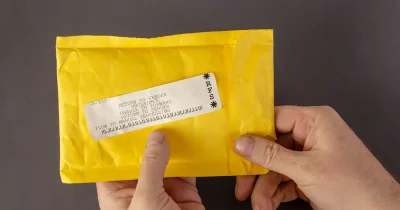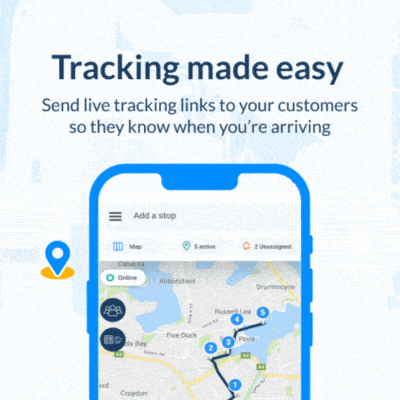A silent revolution is underway in the oft-forgotten realm of reverse logistics. With online sales outpacing in-store purchases, businesses risk losing customers to competitors unless they adapt.
While many view reverse logistics (also known as consumer-to-business (C2B) returns) as a pain point, it actually holds an opportunity to boost customer loyalty.
What if, instead of viewing returns as a costly burden, companies could use it to create exceptional customer experiences? Let’s look at how to harness the untapped potential and turn it into your competitive edge.
Untapped potential of reverse logistics
If not optimized, reverse logistics could result in lost sales, additional shipping costs, and customer dissatisfaction. And more often than not, returned items are damaged and cannot be resold.
BBC Earth reports that approximately 5 billion pounds of waste is generated through returns each year. US customers return approximately 3.5 billion products yearly, of which the majority will end up in a landfill.
Meanwhile, Statista shows that return delivery costs amounted to $363 billion in the US during 2019, with global returns costing more than $1 trillion. Clothing, bags and accessories, and shoes are the most returned online purchases.
From returns to customer satisfaction
But all is not lost. C2B reverse logistics represents huge potential for both customers and businesses. Businesses can use reverse logistics to “unlock a range of customer experience benefits and opportunities,” says John Costello, Publicis Sapient’s chief technology officer.
He says customer experience can be enhanced by “streamlining return procedures.” This could include:
- Arranging pick-ups for returned parcels.
- Packaging assistance to make the return easier.
- Clear communications provide real-time tracking updates.
Boosting customer satisfaction also builds trust. When companies are transparent about the status of a customer’s return, it fosters a sense of “being valued.” This, in turn, can “encourage repeat business,” writes Costello.
Moreover, returns could provide valuable insights into your customers’ preferences, as well as a product’s performance. “By analyzing return patterns and reasons, B2B partners can harness this data to identify trends, improve product quality, and enhance customer service.”
ALSO READ: 75% of merchants prioritize better returns
The future is sustainable and efficient
Reverse logistics could also be used as a segue for eco-friendly return practices, which would attract environmentally-conscious customers. There are several ways to win over your green-loving consumers:
- Use eco-friendly packaging materials.
- Implement a recycling program for returned products.
- Partner with local recycling centers.
- Re-sell refurbished products at a discounted price.
- Donate returned items to local charities.
- Optimize shipping routes to reduce carbon emissions.
- Offer loyalty points or discounts for eco-friendly return options.
It’s not a practice to be overlooked. Grand View Research estimates that the reverse logistics market will grow globally at a compound annual growth rate of 9.4% since the “increasing frequency of returns […] propelled the demand for reverse logistics services.”
NOW READ: Reverse logistics: What’s happening in the industry
Share this article
About the author
Cheryl has contributed to various international publications, with a fervor for data and technology. She explores the intersection of emerging tech trends with logistics, focusing on how digital innovations are reshaping industries on a global scale. When she's not dissecting the latest developments in AI-driven innovation and digital solutions, Cheryl can be found gaming, kickboxing, or navigating the novel niches of consumer gadgetry.














